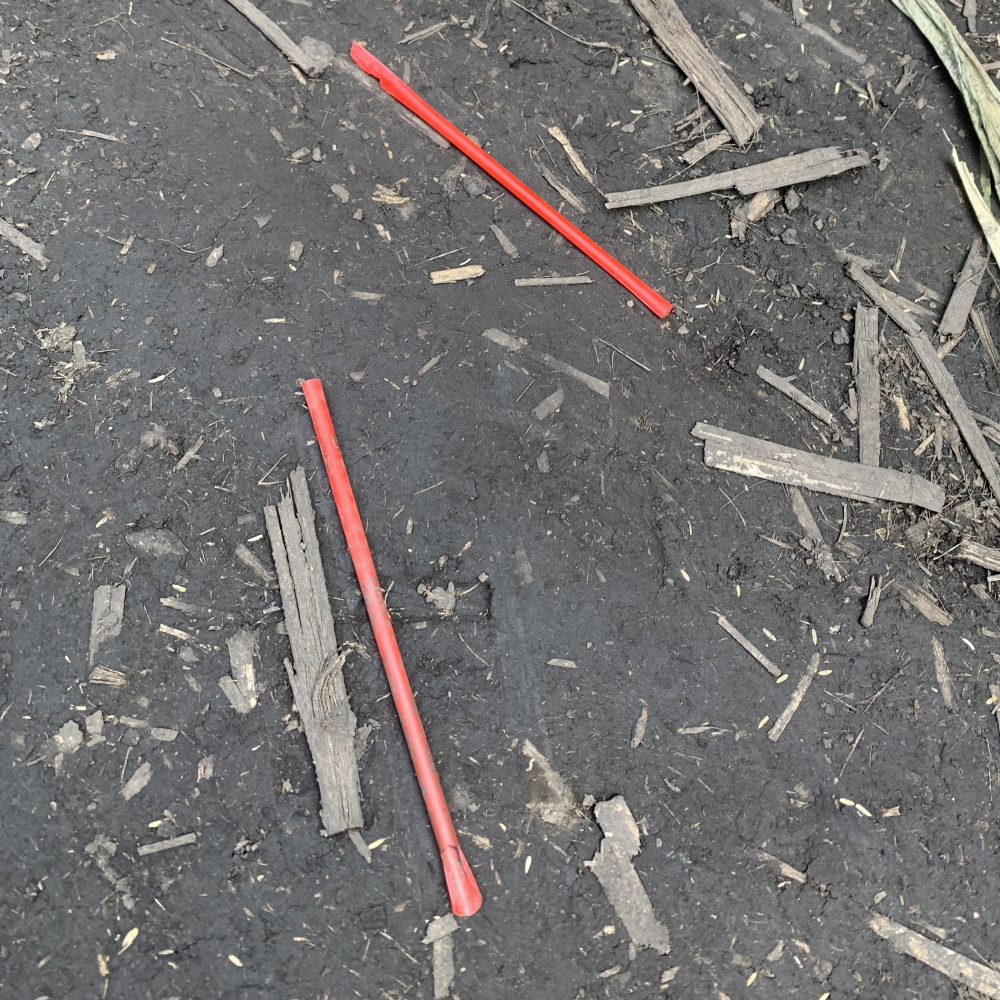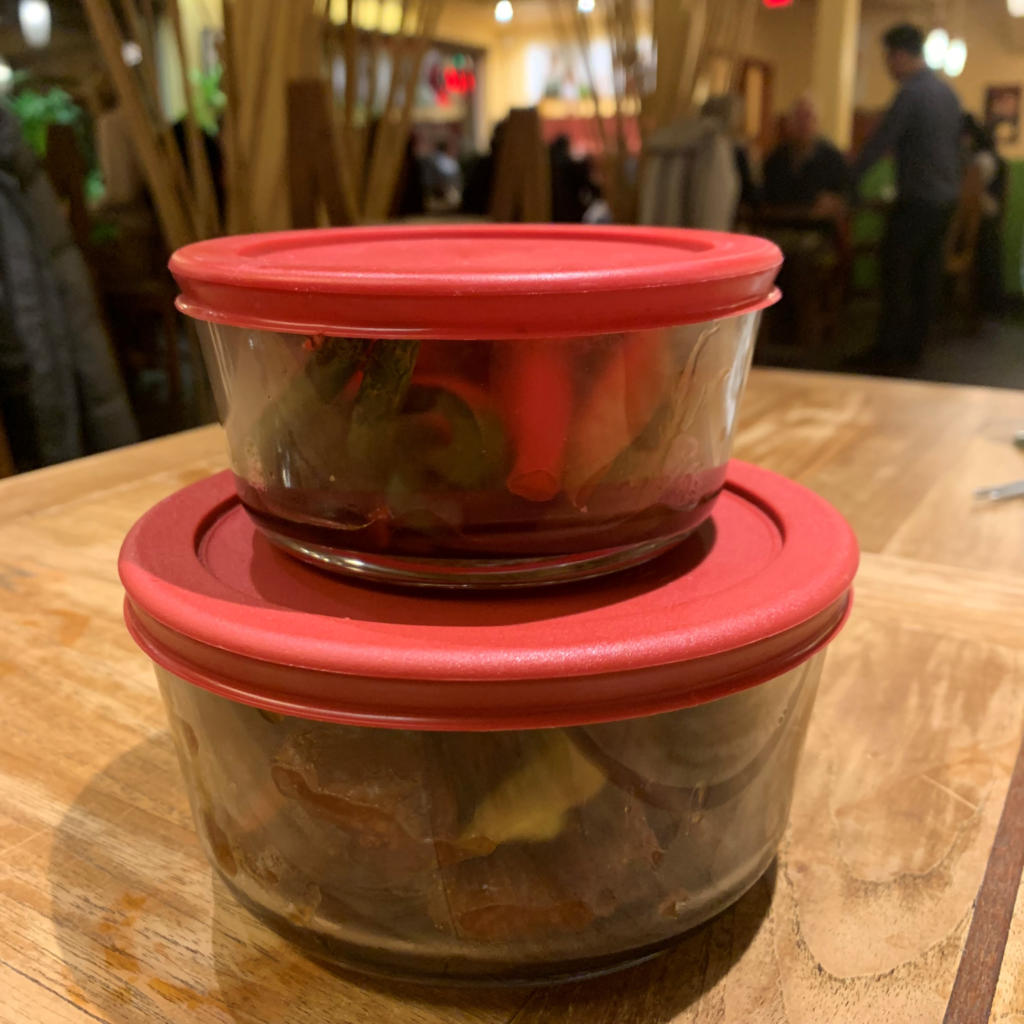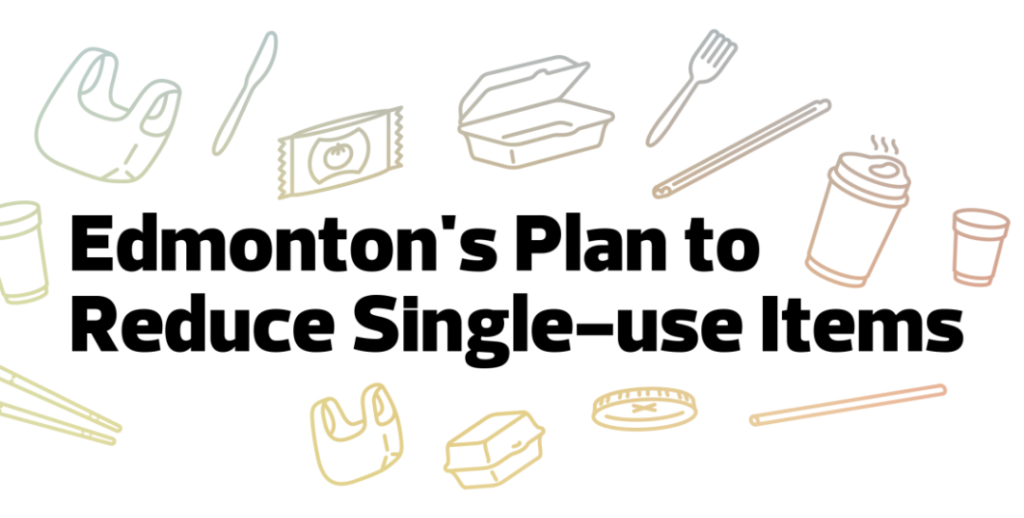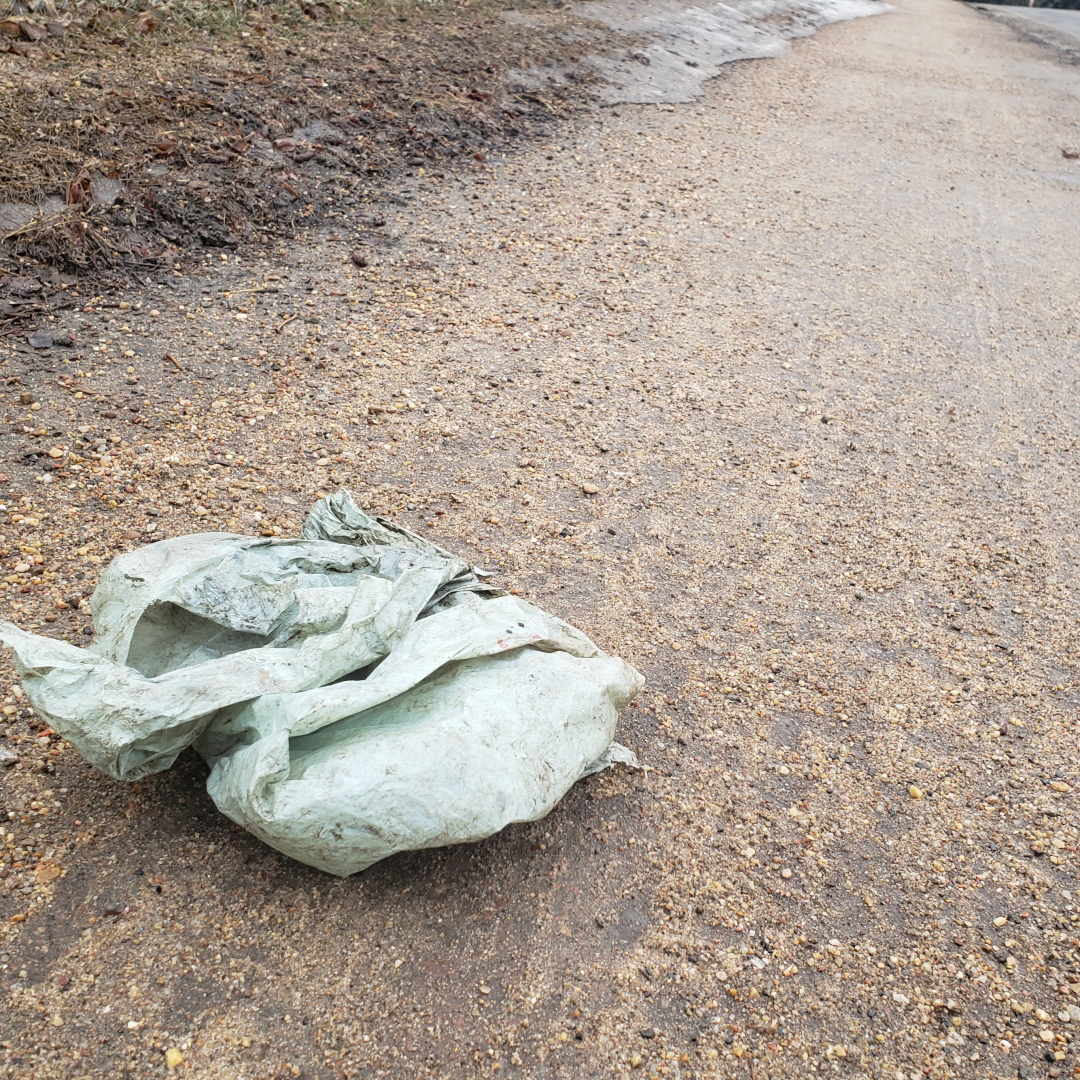“Every single-use item, regardless of what it is made of, carries an environmental cost.” (Source). According to the City itself, this is one of the main reasons they are not specifically singling out plastics in the SUI bylaw. Simply replacing plastic with other items – such as paper, bamboo, or metal – ignores the very serious amount of waste generated in our city every year. According to the City’s estimates, Edmontonians throw out 450 million single use items every year (Source). By expanding the scope of the bylaw beyond plastics, we also have the opportunity to expand the creative long-term solutions.
It is understandable why folks have questions about including non-plastic items, or are skeptical about the ability of a bylaw such as this to table our waste problem. Business owners are concerned about their bottom line, their employees safety, and their customers’ satisfaction. City dwellers wonder how this will impact their trips to the grocery store, meeting friends for lunch, and their already tight monthly budget. Single-use plastic is something many of us recognize and understand already, but adding in all single-use items can feel overwhelming. Looking at the big picture – why the City is pursuing this – can help place ourselves within that big picture. And help us work on pursuing those goals as a community.

The City of Edmonton offers three reasons it is moving beyond plastics: (Source)
- Greenhouse gas emissions throughout the items’ lifecycles
- Landfill space
- Degrading natural habitat if these items become litter
By looking at the larger impacts of single-use items on the climate crisis, and how the City fits into the global system as a whole, they could easily add the following:
- Garbage is garbage, no matter the material
- Waste of resources
- Help to create a circular economy
Let’s examine each in turn, and explore not only the importance of a more holistic approach, but the positive opportunities offered thanks to these efforts.
Most folks understand that we live on a finite planet, with finite resources. But it is perhaps less common knowledge that we can put a number on that. Humans use 73% more resources per year than the Earth produces. (source) The way our modern lives have been structured often favour ease over consideration. All single-use items carry an energy price tag. This includes greenhouse gas emissions, which often show up throughout their life cycles. In order to cut out those greenhouse gases, or at least dramatically reduce them, we must make (and be offered) better choices.
Take reusables for example. These single-use item stand-ins still take resources to produce and distribute, but they are designed to have a longer life span. And many are also designed to be easier to recycle or repurpose as well, a metal or glass food container for example. Single-use item bylaws can encourage swaps to those items, and if the restrictions are limited to plastic only, a lot of innovative products – and waste reduction – would be missed.

If we look at all single-use items as a waste of resources, a holistic bylaw encourages use of our finite resources in a way that best serves everyone in the long-run.
While looking at these items as a waste of resources, we must also zoom out and consider our land a resource as well. Landfill space is at a premium. (read more on that here) An item that is designed to be, or at least perceived to be used only once (regardless of the material), automatically takes up this valuable space as soon as it is produced. Replacing plastic waste with bamboo, paper, or bio-plastics without addressing the single-use aspect of those items ignores this reality.
When it comes to taking up space in a landfill or degrading natural habits as litter, all single-use items are created equal. We often hear that plastic is “bad” and are encouraged to focus our attention on reducing plastic waste to the exclusion of other waste. It gets the most press! While this is absolutely true, plastic is also a really useful material. It’s when we treat it as “cheap” and disposable that we run into trouble.
Many companies have been replacing their unrecyclable, non-reusable to-go containers with other materials, and there is merit to this. This represents only some of the amazing creativity being used to build smarter SUI in terms of materials, energy usage, means of production, local sourcing, etc. We need that creativity, especially as it offers opportunities for wider solutions, and used in concert with a SUI Bylaw, it can have a huge impact. A bylaw targeting all SUI encourages consumers and producers of these items to refocus on mindset toward what we need, and what we will actually use. It can empower us to say “no” and gives consumers and businesses a chance to examine their “garbage shadow”. (Click here for info on a climate shadow).
So we have finite resources, plus we’re using up those precious resources to make and store more garbage. An obvious solution is at hand: the circular economy! A Circular Economy is a systems solution framework that looks to eliminate waste, circulate materials, and regenerate nature. A Circular Economy must look at all areas of output and input, not only plastic. Will Edmonton be creating a Circular Economy with this bylaw? No. But it is taking an important step in this direction and helping to ensure we are more climate resilient in the process.

TAKE ACTION
It can be difficult to know the challenges folks might face once this bylaw comes into effect. But we can try to anticipate some common ones, and make plans today to ensure success in our communities.
- Talk about the bylaw with friends, family, and neighbours. The City of Edmonton has created a single page PDF that has a lot of easy to digest information packed into it. Share this, but also share your personal hopes about the bylaw and also what has you worried. “Talking about climate change is the best way to combat it.” (Katherine Hayhoe)
- Evaluate where your family unit might struggle with the new bylaw, and start preparing now. For example, by purchasing reusables now as you can afford them and leaving them in the spaces where they will get used most (the trunk of your car, your bicycle basket, etc.).
Maybe you are an entrepreneur who sees the vast opportunities with this type of holistic bylaw targeting our single use waste. There are many places in the world that offer reusable programs at restaurants (in Victoria, B.C. for example) or coffee shops. Imagine the possibilities in Edmonton and start planning!


